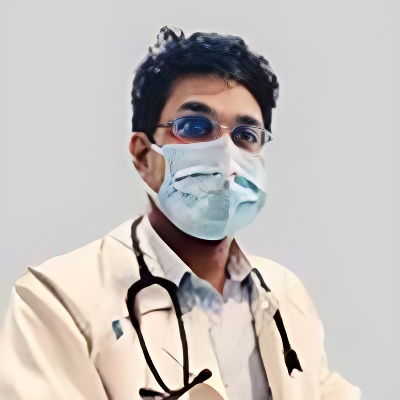Description
A ventilator is a medical device used to support or replace a person's breathing when they are unable to do so effectively on their own. Ventilators deliver a mixture of oxygen and air to the patient's lungs, either through a tube inserted into the windpipe or through a mask placed over the nose and mouth. The key concept behind ventilators is mechanical ventilation, which involves the use of positive pressure to push air into the lungs and facilitate the exchange of oxygen and carbon dioxide. Ventilators have various modes of operation, including volume-controlled ventilation, pressure-controlled ventilation, and pressure-support ventilation, among others. Volume-controlled ventilation delivers a set volume of air with each breath, while pressure-controlled ventilation delivers air at a set pressure. Positive end-expiratory pressure (PEEP) is a crucial concept in ventilator use, as it helps maintain lung recruitment and prevent collapse of the alveoli during exhalation. Ventilators also have adjustable parameters such as respiratory rate, tidal volume, inspiratory time, and FiO2 (fraction of inspired oxygen) to meet the patient's specific needs. Ventilators can provide both invasive ventilation, where a tube is inserted into the airway, and non-invasive ventilation, which is delivered through a mask or nasal interface.
Summary Listen
- In normal breathing, inspiration involves creating negative pressure within the chest to draw air in. Positive pressure ventilation, conversely, forces air into the lungs using positive pressure, requiring a mechanical ventilator. Ventilation, distinct from oxygenation, refers to the exchange of carbon dioxide in the lungs and the assistance provided to both inspiration and expiration.
- Ventilators are used to assist the inflation and deflation of the lungs. The basic breath cycle consists of inspiration, a pause, and expiration. The ventilator is triggered to initiate inspiration and cycled to end inspiration, allowing passive expiration.
- Key ventilator parameters include the trigger (what initiates the breath), the target or limit (the breath's quality or pattern), and the cycle (what ends inspiration). Ventilator modes can be categorized into control mode ventilation (CMV), synchronized intermittent mandatory ventilation (SIMV), and pressure support or spontaneous mode ventilation.
- In CMV, the ventilator takes full control of the patient's respiration. Breaths can be delivered through volume control, where a specific volume is targeted, or pressure control, where pressure is limited. SIMV provides some breaths while allowing the patient to take others, and pressure support mode relies on the patient's spontaneous breaths with ventilator assistance.
- Other important settings are: FiO2 (fraction of inspired oxygen) which can be adjusted from 21% to 100%; tidal volume or pressure support that determines the amount of volume given to the patient per breath; respiratory rate which determines how much the patient breaths per minute and can depend on carbon dioxide levels; trigger (usually flow trigger); I:E ratio which refers to the amount of time allotted for inspiration versus expiration; and PEEP (positive end-expiratory pressure) which keeps the lungs open and prevents collapse at the end of expiration.
Sample Certificate
About the Speakers

Dr. Ankur Gupta
Consultant Intensivist, Head of Emergency & Intensive Care , Apollo Hospitals, Indore.

Comments
Comments
You must be logged in to leave a comment.